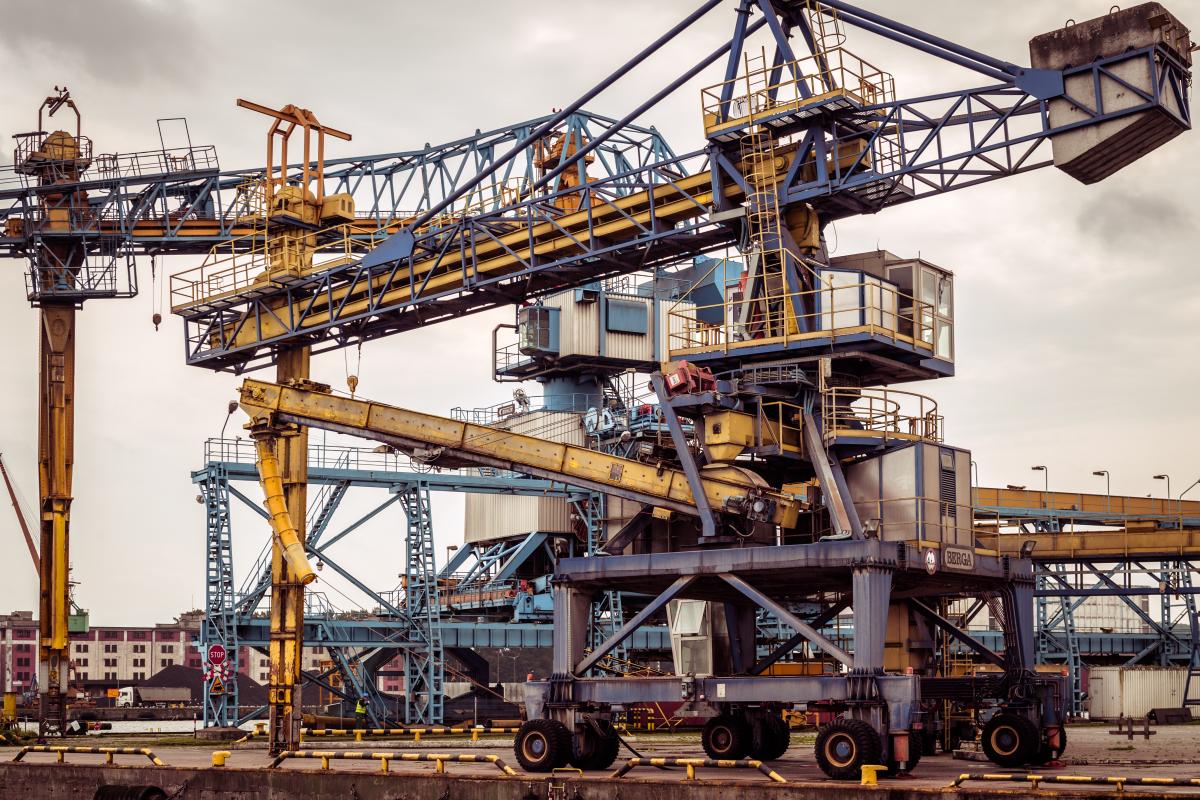
Being Struck by Or Caught In Moving Machinery
Being struck by or caught in moving machinery in the workplace is a significant risk and can have devastating consequences. These types of accidents often cause severe injuries or fatalities. In fact, between 2011 to 2015, a period of only five years, 275 construction workers were killed by machinery accidents. 93% of non-fatal injuries were caused by equipment or objects as well.
These types of risks include being squished between or caught in machinery, equipment, or other work objects. Sometimes this can mean being hit by work materials, a collapsing structure, or a piece of equipment.
The injuries caused by being caught in a machine or hit by work equipment could result in limb amputations, broken bones, strangulation, internal injuries, and more. From minor to fatal, these accidents should be avoided at all costs. However, when they do occur, it’s important that an employee understands how to handle the situation.
Machinery
Accidents with machinery or power tools can happen easily if the equipment doesn’t have the right level of safety guards in place. Always turn off and unplug machinery if possible to ensure that a tool doesn’t start accidentally. Injuries can easily occur during routine maintenance or repairs.
Heavy Equipment
All workers should be trained appropriately to use heavy equipment since it can cause severe accidents. When operating a heavy piece of equipment such as a heavy-duty vehicle, workers should always wear seat belts and other safety restraints. Also, workers who are on the ground should navigate around these machines carefully since machinery operators don’t always have a clear view.
Trenches
Some construction includes excavation and trenches, and these areas can cause all sorts of accidents if not properly protected. It’s not unusual for trenches to collapse depending on the excavation site. Trench boxes and shields can help protect workers from being buried or crushed by cave-ins. To ensure the safety of excavations and trenching, OSHA requires that an inspection occurs based on its standards.
Steps to Prevent Caught In/Between Injuries
1. Provide Training
Heavy equipment is dangerous because of its size and power. Therefore, workers should receive the appropriate training to operate the machinery. All pinching, crushing, and pull-in points should be reviewed to help workers to avoid these areas.
2. Always Power Off
When a piece of machinery is not in use, power it off. Heavy equipment should be double-checked to be off when routine repairs or inspections are going to occur. Depending on the piece of equipment, unplug it from its power source.
3. Double Support Heavy Equipment
If work needs to be done under a heavy piece of machinery, be sure that it is supported by two support devices – not just a jack. Dual supports are there to ensure that if one fails the other will continue to keep the heavy equipment raised, potentially saving a life.
4. Always Use Safety Locks
When equipment includes a safety lock, use it! The safety lock often is there to support hydraulic cylinders from releasing stored energy.
5. Check Your Visibility
Operators of heavy equipment aren’t always able to see pedestrians or smaller vehicles. Therefore, if you are near such a piece of equipment, be sure that you have a clear view of the operator. If a worker is hitching or unhitching equipment, be sure that you have a clear view of the driver.
6. Don’t Fool Around
While it’s nice to blow off steam by joking and messing around with coworkers, this can be dangerous in a construction zone. Keep this kind of behavior in safe areas such as break rooms or off-site. The work area is for work.
7. Wear the Right Clothing
Working with heavy machinery demands the right protective gear. Do not wear clothing that is loose or likely to catch in heavy equipment – this could pull you into the machine. Check with your manager or company protocol to find out the best clothing to wear for safety.
Worker safety is crucial in every workplace, and OSHA sets out specific standards to ensure that every workplace prioritizes their worker safety. If you are injured at work, you may be eligible for workers’ compensation. Reach out to a workers compensation lawyer today to discover your legal solutions by emailing office@carrilloinjurylaw.com.
Sources:
https://www.constructconnect.com/blog/avoiding-oshas-fatal-four-caught-inbetween-hazards
https://www.ishn.com/articles/96330-how-to-prevent-struck-by-and-caught-in-hazards-from-causing-injuries
https://www.arbill.com/arbill-safety-blog/arbill-safety-dont-get-stuck-12-ways-to-prevent-caught-in-between-injuries
https://www.hsi.com/blog/preventing-caught-in-and-caught-between-incidents
- Log in to post comments